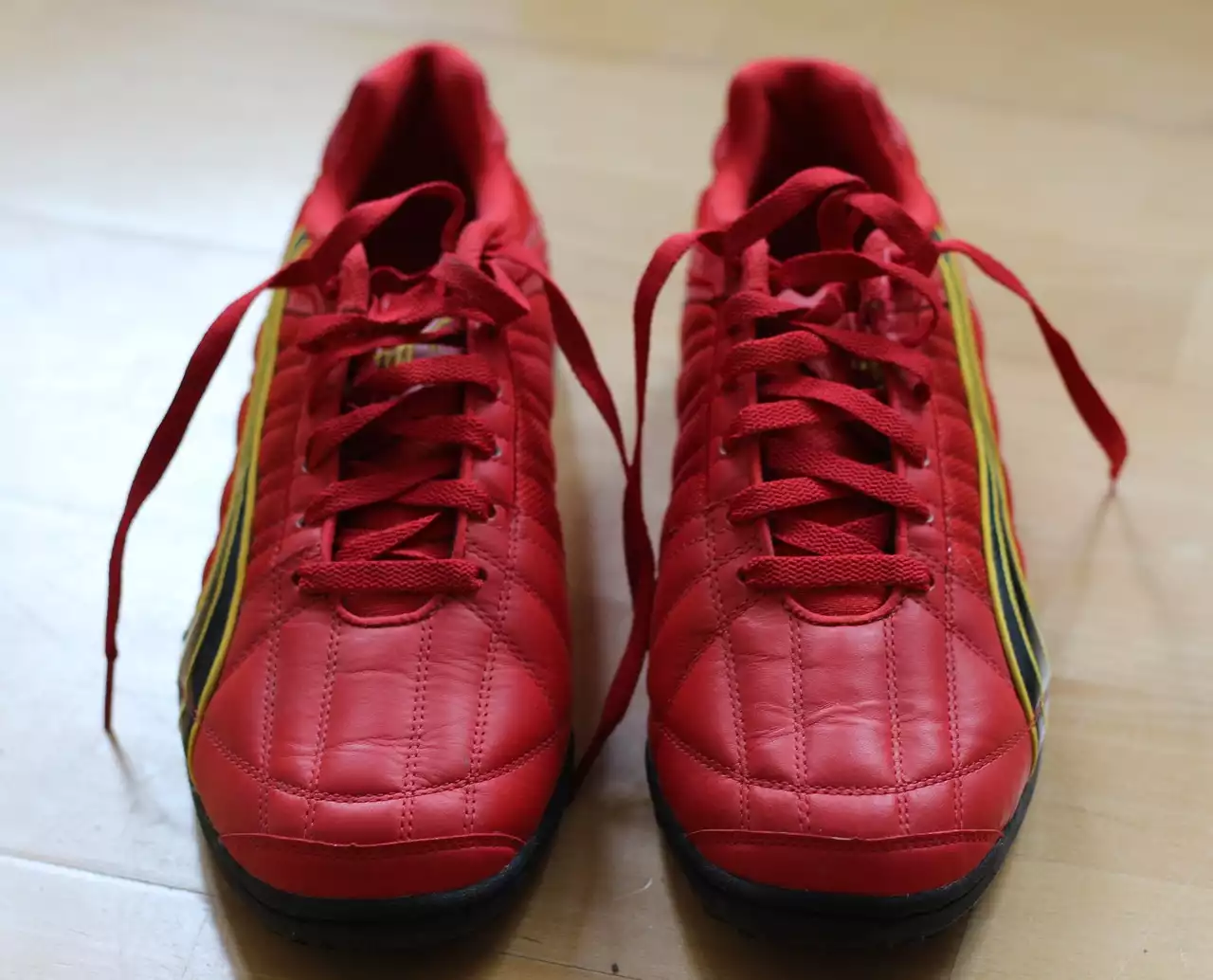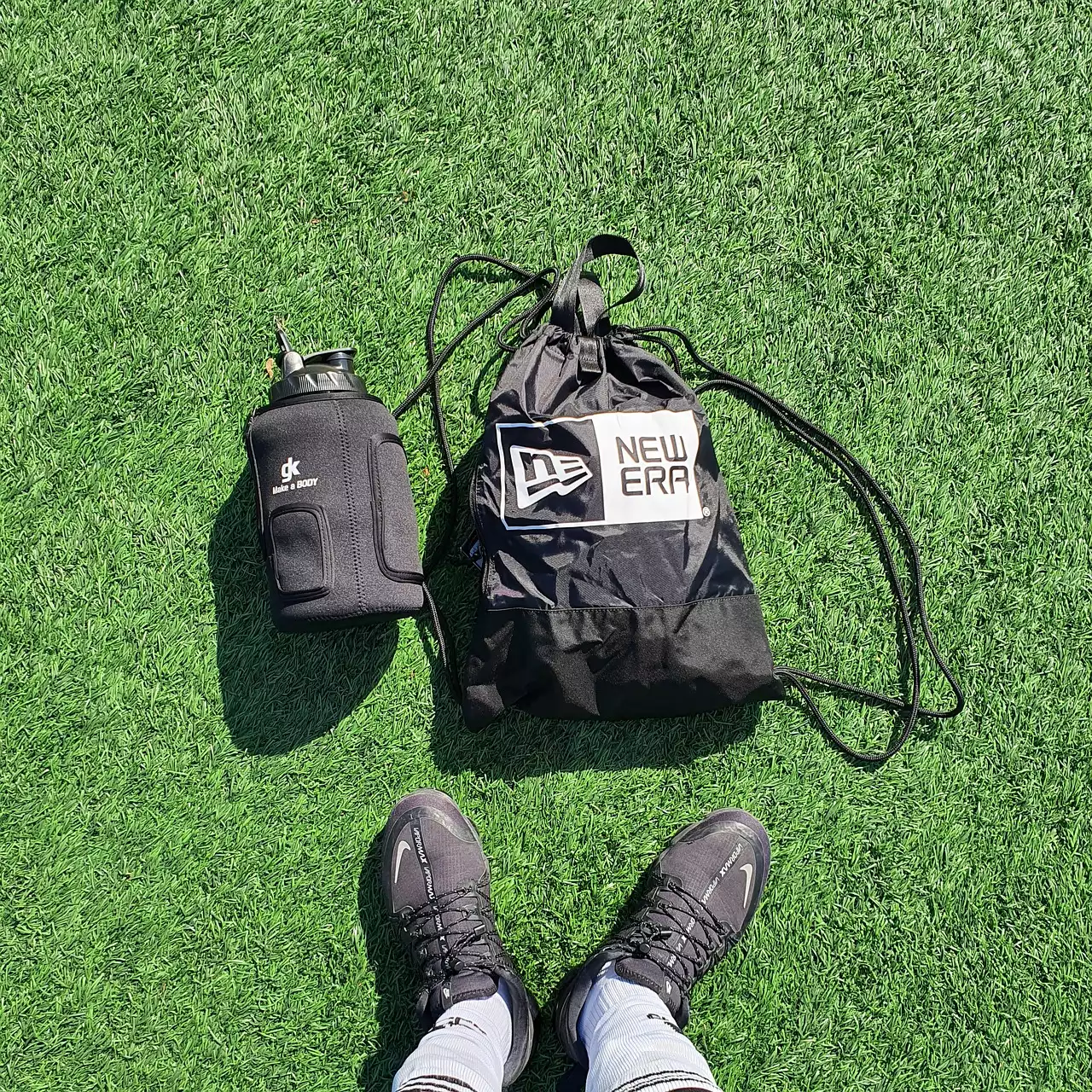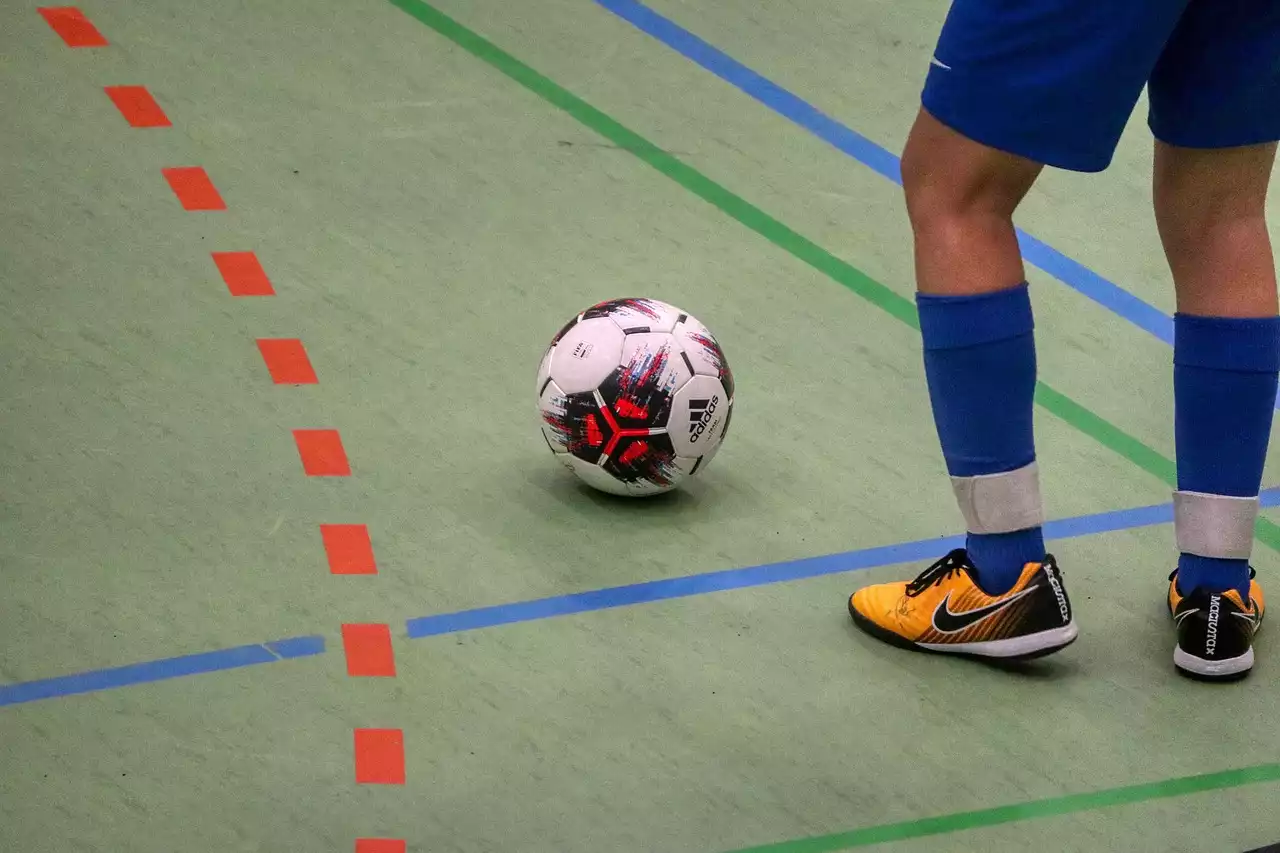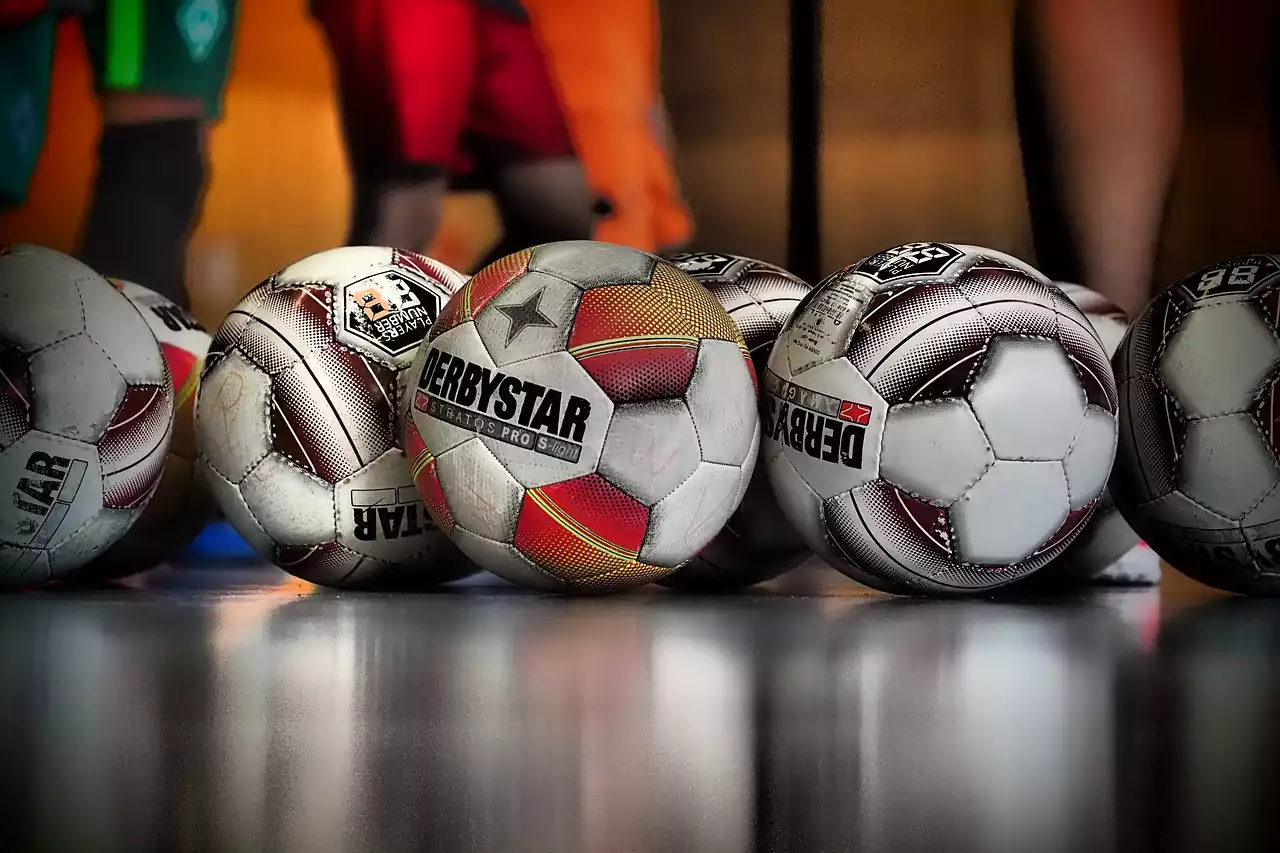The History and Origins of Futsal Shoes
Futsal, a fast-paced variant of soccer played on a smaller, indoor court, has been around since the 1930s. However, it wasn't until the 1970s that the game gained widespread popularity and the need for specialized footwear arose. In the early days, players often wore regular soccer cleats or sneakers, as there were no specific shoes designed for futsal. These shoes, while functional to some extent, were not optimized for the unique demands of the game. They lacked the necessary grip and traction on the indoor surfaces, making quick turns and precise movements challenging. As the game grew in popularity, footwear manufacturers began to recognize the need for specialized shoes, leading to the birth of the futsal shoe industry.
The first futsal shoes were primarily adaptations of existing soccer shoe models. Manufacturers started experimenting with different designs and materials to create shoes that would provide better grip, agility, and comfort on indoor surfaces. The introduction of gum rubber outsoles revolutionized futsal shoe design, as the softer rubber compound offered superior traction on hardcourt surfaces. Over time, futsal shoes evolved to incorporate features like reinforced toe caps for durability, cushioning for impact absorption, and improved ventilation for breathability. These advancements in design laid the foundation for the modern futsal shoes we see today.
Functionality of Futsal Shoes
One of the primary aims of futsal shoe design is to enhance player performance on the court. Futsal is a game that requires quick reflexes, agility, and precise footwork. Therefore, futsal shoes need to provide the necessary support, stability, and traction to facilitate these movements. The soles of futsal shoes are specifically designed to offer excellent grip on indoor surfaces, allowing players to make sharp turns and sudden changes in direction without slipping. The lower profile of futsal shoes compared to traditional soccer cleats also improves the player's connection with the ball, enhancing control and touch.
Modern futsal shoes feature a combination of synthetic materials, mesh, and leather to provide a balance of durability, flexibility, and breathability. The upper part of the shoe is usually made from lightweight materials that offer a snug fit, ensuring optimal comfort and minimizing the risk of blisters or discomfort during prolonged gameplay. Additionally, cushioning and shock-absorbing technologies are integrated into the midsoles to reduce the impact on the player's feet and joints, preventing injuries and enhancing overall comfort.
Key Features of Modern Futsal Shoes
The evolution of futsal footwear has given rise to a range of key features that enhance performance and comfort on the court. Let's take a closer look at some of these features:
Gum Rubber Outsoles: The introduction of gum rubber outsoles revolutionized futsal shoe design. The softer rubber compound offers excellent grip and traction on hardcourt surfaces, allowing players to make quick and precise movements without the risk of slipping.
Low Profile Design: Unlike traditional soccer cleats, futsal shoes have a lower profile, bringing the player closer to the ground. This design improves stability and enhances the player's connection with the ball, enabling better control and touch.
Reinforced Toe Caps: Futsal shoes often feature reinforced toe caps to protect the player's feet from impact and abrasion. These toe caps enhance the shoe's durability, ensuring they can withstand the demands of intense gameplay.
Breathability and Ventilation: Modern futsal shoes incorporate breathable materials and ventilation systems to keep the player's feet cool and dry during the game. This prevents discomfort and the formation of blisters, allowing players to focus on their performance.
Cushioning and Shock Absorption: Cushioning technologies are integrated into the midsoles of futsal shoes to provide shock absorption and reduce the impact on the player's feet and joints. This helps prevent injuries and enhances overall comfort, especially during high-impact movements.
Ankle Support: Some futsal shoes feature additional ankle support in the form of padding or higher collars. This provides extra stability and protection to the player's ankles, reducing the risk of sprains or other injuries.
These key features work together to provide players with the necessary tools to excel on the futsal court. However, the evolution of futsal shoes is not solely driven by functionality; fashion has also played a significant role in shaping the industry.
The Impact of Technology on Futsal Shoe Design
The evolution of futsal shoes has been greatly influenced by advancements in technology. As new materials and manufacturing techniques have emerged, footwear manufacturers have been able to push the boundaries of design and performance. Technological innovations have allowed for the creation of lighter, more durable, and more flexible shoes that offer superior performance on the court.
One of the most significant advancements in futsal shoe technology has been the use of synthetic materials. Synthetic uppers provide a lightweight and breathable alternative to traditional leather while offering enhanced durability and flexibility. These materials can be engineered to have specific properties, such as water resistance or enhanced breathability, to cater to the demands of futsal gameplay.
In recent years, we have also seen the incorporation of advanced cushioning technologies into futsal shoe midsoles. Materials like EVA foam or specialized gel inserts provide exceptional shock absorption, reducing the risk of injuries and improving overall comfort. These cushioning technologies are continuously evolving, with manufacturers constantly seeking new ways to enhance performance and player experience.
Furthermore, the development of 3D printing technology has opened up new possibilities for futsal shoe design. This innovative manufacturing technique allows for the creation of customized shoe components, optimizing fit and performance for individual players. 3D printing also enables rapid prototyping and experimentation, leading to faster innovation and the ability to bring new designs to market quickly.
As technology continues to advance, we can expect further breakthroughs in futsal shoe design. From cutting-edge materials to advanced manufacturing techniques, the future of futsal shoes holds endless possibilities for improved performance and player experience.
The Influence of Fashion on Futsal Shoe Trends
While functionality is paramount in futsal shoe design, fashion has also played a significant role in shaping trends within the industry. Futsal shoes have become a style statement, reflecting the individuality and personality of the players who wear them. Manufacturers have embraced this trend, creating shoes that not only perform exceptionally but also look stylish on and off the court.
Colorful designs, bold patterns, and eye-catching graphics have become commonplace in futsal shoe aesthetics. Players now have a wide range of options to choose from, allowing them to express their unique style and personal preferences. Some players opt for vibrant, attention-grabbing designs, while others prefer more understated, minimalist styles. The variety in futsal shoe fashion ensures that players can find a shoe that not only meets their performance needs but also reflects their personal taste.
In addition to aesthetics, collaborations between futsal shoe brands and well-known designers or athletes have further elevated the fashion aspect of futsal footwear. Limited edition releases and special editions often generate excitement and create a sense of exclusivity among players and collectors. These collaborations not only showcase the creativity and innovation within the industry but also drive trends and shape the future of futsal shoe design.
Popular Futsal Shoe Brands and Models
The evolution of futsal shoes has given rise to a plethora of brands and models that cater to the diverse needs of players. Let's take a look at some of the most popular futsal shoe brands and the models that have become favorites among players worldwide:
Nike: Nike is a powerhouse in the futsal shoe industry, offering a wide range of models that combine style and performance. The Nike Mercurial series, with its lightweight design and excellent traction, has been a favorite among futsal players for years. The Nike Tiempo Legend and Nike Phantom GT series also provide exceptional comfort and control on the court.
Adidas: Adidas is another prominent player in the futsal shoe market, known for its innovative designs and cutting-edge technology. The Adidas Predator line features shoes that offer excellent grip and agility, while the Adidas Copa Mundial series provides classic style and durability. The Adidas Nemeziz line is also popular among futsal players, known for its exceptional fit and flexibility.
Puma: Puma has made a name for itself in the futsal shoe industry with its stylish designs and commitment to performance. The Puma Future Z series, with its adaptive fit and exceptional ball control, has gained a loyal following among futsal players. The Puma King line, with its timeless design and excellent comfort, is also a popular choice.
Mizuno: Mizuno is a brand that has a strong presence in the futsal shoe market, particularly in Asia. The Mizuno Morelia series offers a classic and elegant design with exceptional comfort and fit. The Mizuno Rebula series is also well-regarded for its superior traction and control.
Joma: Joma is a Spanish brand that has gained popularity among futsal players for its excellent craftsmanship and quality. The Joma Top Flex line, with its comfortable fit and excellent grip, has become a go-to choice for many players. The Joma Super Regate series is also highly regarded for its durability and performance.
These are just a few examples of the many brands and models available in the futsal shoe market. Each brand brings its unique approach to design and technology, catering to the diverse needs and preferences of players worldwide.
How to Choose the Right Futsal Shoes for Your Playing Style
With so many options available, choosing the right futsal shoes can be a daunting task. However, considering a few key factors can help you make an informed decision:
Playing Style: Assess your playing style and the specific demands of the game for your position. Are you a quick and agile winger who relies on speed, or a playmaker who requires excellent ball control and passing accuracy? Understanding your playing style will help you prioritize the features that are most important for your performance.
Fit and Comfort: Futsal shoes should fit snugly without being too tight or restrictive. Look for shoes that offer a comfortable fit and provide adequate support to your feet and ankles. Pay attention to the materials used and ensure they promote breathability to keep your feet cool and dry during gameplay.
Traction and Grip: The ability to make quick turns and sudden changes in direction is crucial in futsal. Look for shoes with gum rubber outsoles or specialized traction patterns that offer excellent grip on indoor surfaces. Opt for shoes that provide multidirectional traction, allowing you to move with agility and confidence.
Durability: Futsal shoes undergo significant wear and tear due to the intense nature of the game. Choose shoes that are made from durable materials and feature reinforced toe caps or other protective elements. Investing in a high-quality pair of shoes will ensure they can withstand the demands of regular gameplay.
Budget: Set a budget for your futsal shoes. While it's tempting to go for the most expensive option, there are excellent options available at different price points. Consider your budget and prioritize the features that are most important to you.
Try Before You Buy: Whenever possible, try on the shoes before making a purchase. Walk around in them, mimic the movements you would make on the futsal court, and assess the overall comfort and fit. This will give you a better idea of how the shoes will perform during gameplay.
By considering these factors and doing thorough research, you can find the right pair of futsal shoes that will enhance your performance and keep you comfortable on the court.
Caring for and Maintaining Your Futsal Shoes
Proper care and maintenance are essential to prolong the lifespan of your futsal shoes and ensure optimal performance. Here are some tips to help you care for your shoes:
Cleaning: After each game or training session, remove any dirt or debris from your shoes. Use a soft brush or cloth to gently clean the upper and outsole. Avoid using harsh chemicals or abrasive materials that could damage the shoes.
Drying: Allow your shoes to air dry naturally after each use. Avoid exposing them to direct sunlight or heat sources, as this can cause the materials to deteriorate or warp. Stuffing the shoes with newspaper can help absorb excess moisture and maintain their shape.
Storage: Store your futsal shoes in a cool, dry place away from direct sunlight. Avoid keeping them in a damp environment, as this can lead to mold or mildew growth. If possible, use a shoe bag or box to protect them from dust and other contaminants.
Rotation: If you play futsal regularly, consider rotating between multiple pairs of shoes. This allows each pair to dry thoroughly and reduces the wear and tear on individual shoes, prolonging their lifespan.
Sole Replacement: Over time, the outsoles of futsal shoes will wear down, affecting traction and grip. Pay attention to the condition of the soles and consider getting them replaced by a professional when necessary. This will ensure your shoes continue to perform at their best.
By following these care and maintenance tips, you can maximize the lifespan of your futsal shoes and ensure they provide optimal performance throughout their use.










